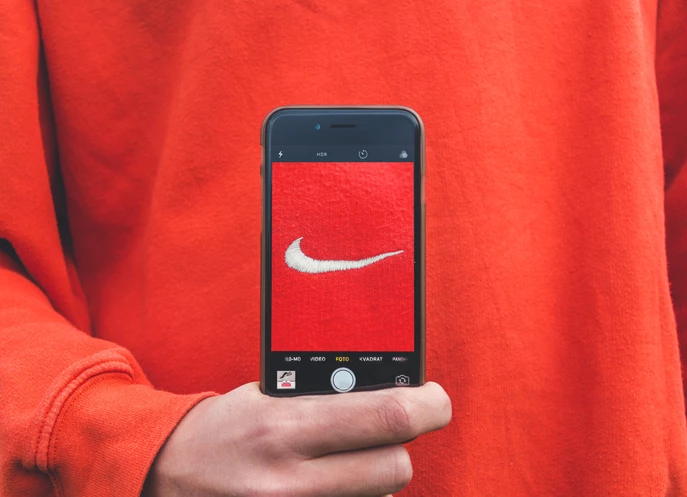
Nike & Adidas Comparative Case Study: COVID-19 Retail Marketing Response
Brands all over the world have been responding to the coronavirus and are scrambling to find optimal ways to adapt to the new shopper landscape. We noted Nike’s quick response to the spread of the coronavirus in the US, modeled after their successful campaign while China was in lockdown as well as competitor Adidas’ response. We’ll review a side-by-side breakdown of both retail giants’ responses, noting key learnings from their successful and ineffective approaches.
Here’s a quick recap on Nike and Adidas’ immediate response in March 2020.
Nike Dropped its At-Home Workout Service Subscription Fee
Nike responded quickly to the US shelter-in-place back in late March by dropping the subscription fee “until further notice” for its Nike Training Club premium streaming workout service. This was after doing a similar move in China, which had lockdown protocols first.
In China, the dropped subscription fee resulted in an 80% increase in engagement with the brand and digital sales jumped more than 30% in China for the quarter. In China, as stores reopen, sales are beginning to return to year-ago levels- showing that regional sales are recovering. Since then, Nike’s Training Club has seen a massive spike in its global app searches within the past month.
Adidas Follows Nike
In early March, Adidas estimated sales to drop between $900 million to $1.1 billion (a 80% drop compared to the same time in 2019) in China alone due to the coronavirus. In a shift to e-commerce, the brand has seen 35% in online sales in the first quarter, up 55% in March and up triple digits at the beginning of April, but expect a 40% decrease in sales in Q2 of 2020. Following Nike, the brand launched its own workout from home initiative and announced that, despite keeping the marketing budget steady in Q1, they are going to decrease the budget for the rest of the calendar year.
With states and retail stores slowly beginning to reopen, here’s how both brands have fared and shifted their media strategy due to the reopening of the economy.
Adidas Rethinks Their Media Strategy
Back in October 2019, Adidas admitted that they were over-invested in digital advertising and had placed a focus on efficiency rather than effectiveness, which led to over-focus on ROI at the expense of brand building. In other words, the brand acknowledged a need for re-balancing their media strategy.
At the same time, Adidas brought in an econometric model. This helped it discover that, while it had believed “loyal repeat customers” were the ones driving sales, in fact 60% of revenue came from first-time buyers. Adidas also found that individual business units — like football — were driving general Adidas sales. Lastly, while Adidas believed that performance-based ad campaigns were driving the majority of sales, it discovered that it was actually branding activity driving 65% of sales across wholesale, retail and ecommerce.
This was a problem because Adidas’ advertising split was 23% into brand and 77% into performance.
However, in the turn of events caused by the pandemic, Adidas found itself reallocating spend across new and existing channels. Fore example, it saw a 52% gain in ROAS from Snapchat’s e-commerce ads. The new dynamic ad format was piloted in October of 2019 and has recently opened for international use. Adidas’s senior director of media activation in Europe, the sports giant saw a 52% growth in ROI versus normal Snapchat spend after running the e-commerce ads. The brand has subsequently funnelled more spend into the format.
Nike Focuses on e-Commerce
Nike hasn’t gone dark amidst the pandemic. In late March, they launched he “You Can’t Stop Us” campaign with a rallying cry encouraging people to stay fit while quarantined. Each spot, including one with home workout footage, captured this challenging moment in history while retaining the brand’s “Just Do It” ethos of optimism and sport as a community. The ad ran during the live broadcast and streaming of Tiger Woods’ charity golf match with Phil Mickelson, Tom Brady and Peyton Manning on May 24, 2020.
Then came Nike’s highly-visible response to the #BLM movement. Nike’s new ad inverts the brand’s classic slogan, “Just Do It,” by calling on people to “For Once, Don’t Do It,” as the company used its platform in an effort to drive awareness and legitimacy for the Black Lives Matter movement. The ad dropped just as people in cities across America took to the streets to protest the death of George Floyd, who was killed in police custody in Minneapolis on Memorial Day. Adidas let Nike shine by retweeting the post on twitter.
In a “decade of digital transformation,” between Nike.com and the SNKRS app, Nike’s e-commerce business has seen a compound annual growth rate of about 35% in the past five years. More recently, these two channels have seen active users “at close to a triple digit run-rate.” Kernan wrote that the company’s increased investment in its digital presence is paying off, and that is good news for Nike overall. Online sales tend to come with higher earnings before interests and taxes than those made in store.
Brands can’t afford to put e-commerce on the back burner, even as stores begin to reopen. Forcing years of digital commerce transformation into just a few months, COVID-19 has changed consumer habits long-term. Around 80% of households say they will shop for non-essentials online in 2020 and 50% are saying they are shopping on digital channels for products they’ve never bought online before.